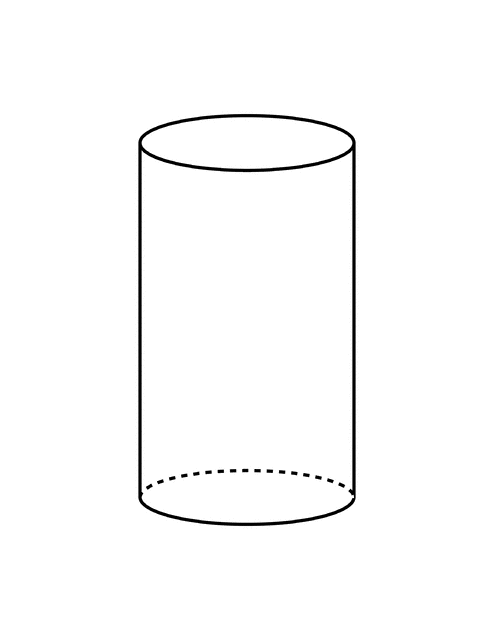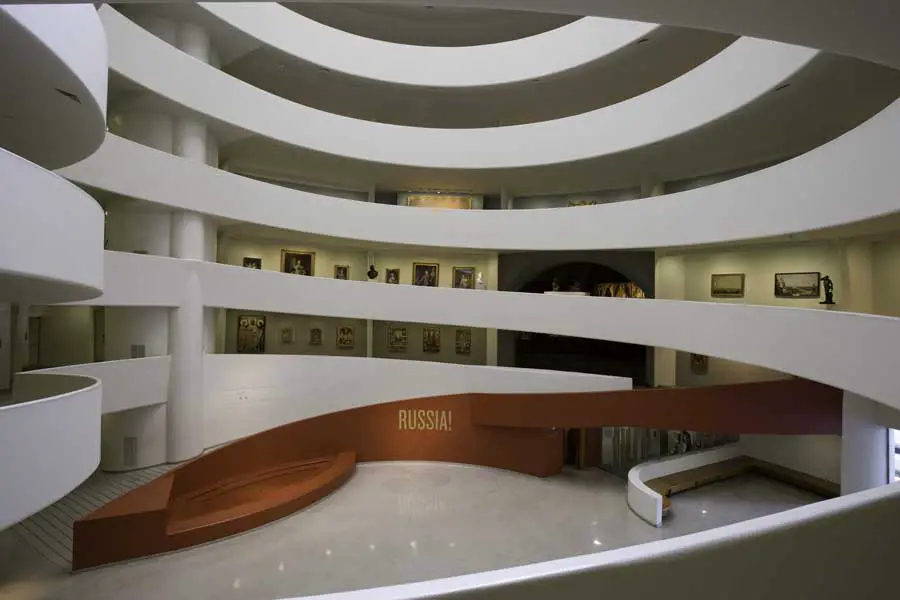Simple Machines
| Inclined plane |
In this project our goal was to build 4 simple machines to learn how to get a specific mechanical advantage. After we built these machines we tested them to see whose team would be the closest to the ideal mechanical advantage. Then from the data we collected we the percent efficiency and from that we calculated the average percent efficiency.
2. Group 2, Rep. Ricky
3. Group 3, Rep. Phil
4. Group 4, Rep. Jason
5. Group 5, Rep. Robert
6. Group 6, Rep. Chris
It was difficult to pick a winner since every team unitentionally "cheated" to get a specific mechanical advantage.
| lever |
Our group didn't get 100% efficiency because human error and lack of calculations led to problems that altered the IMA for the machines. For example even though our teams pulley got 90% efficiency, since we put the handle to pull the lift so far out on the circle it was glued on it gave us a unfair advantage. If I could do anything differently I would most likely go back to the projects and calculate the proper areas where we should put parts or the weight.
| Wheel and Axle |













